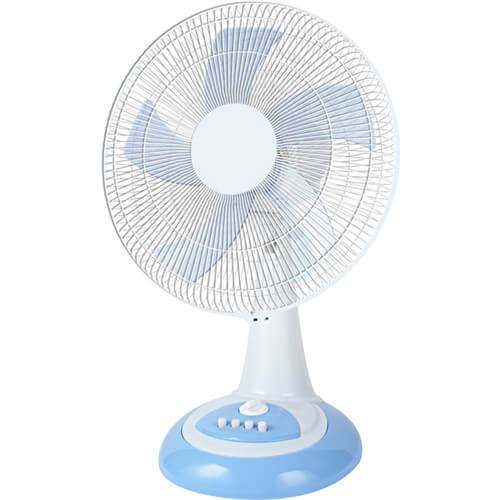A fan is an appliance used to generate a breeze to cool off on a hot day. An electric fan is an electrically driven device that generates airflow, with a fan that is electrically powered and rotates, converting mechanical energy into wind energy and thus into a natural breeze to achieve a cooling effect.
The mechanical fan originated on the roof of a house when, in 1829, an American named James Byron, inspired by the structure of a clock, invented a mechanical fan that could be fixed to the ceiling and driven by clockwork. The cool breeze from the rotating blades of this fan was a delight, but it was a pain to climb up a ladder to wind it up.
In 1872, a Frenchman called Joseph developed another mechanical fan that was activated by a clockwork turbine and driven by a gear and chain mechanism, which was more sophisticated and easier to use than the mechanical fan invented by Byron.
In 1880, for the first time, the American Schuler mounted the blades directly on the electric motor and connected them to the power supply, which spun the blades rapidly and brought a cool breeze to the surface.
How it works
In addition, DC motors, brushless DC motors, and other low-power motors are being used more and more widely in small electric fans.
When an electric fan is in operation (assuming there is no heat transfer between the room and the outside world) the temperature in the room does not decrease, but increases. To analyze the reasons for the rise in temperature: when an electric fan is working, there is a current passing through the coil of the fan and the wire is resistive, so it will inevitably generate heat to the outside and the temperature will naturally rise. But why do people feel cooler? Because there is a lot of sweat on the surface of the body, and when the fan is in operation, the air in the room will flow, so it will promote the rapid evaporation of sweat, combined with the fact that "evaporation requires the absorption of a lot of heat", so people will feel cool.
Structure
Rotor: made up of magnets, fan blades, and shaft.
Stator: made up of silicon steel sheet, shaft, and bearings.
Control circuit: IC induction magnet; the N.S. pole is controlled by a circuit to conduct its coil to produce internal excitation to rotate the rotor.
